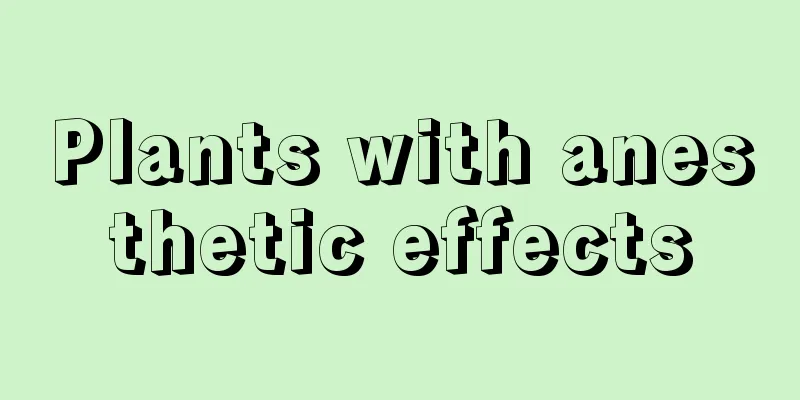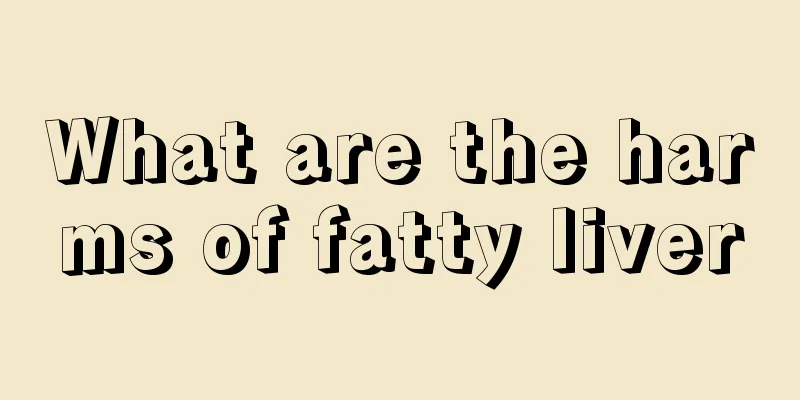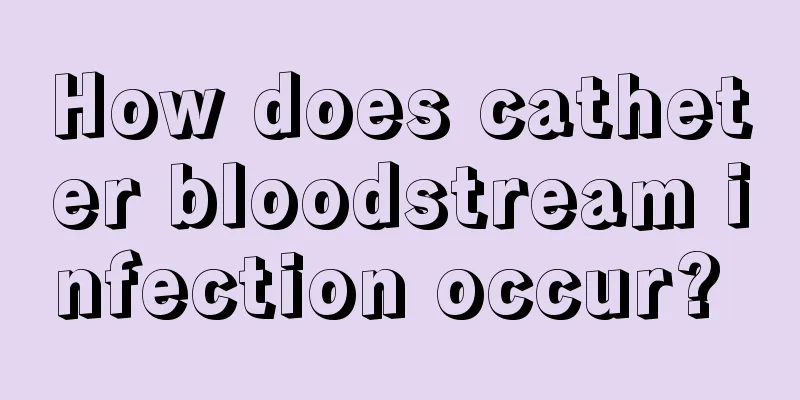Plants with anesthetic effects

|
Anesthesia is necessary during surgery, and only after anesthesia can the surgery be completed more smoothly. There are many kinds of anesthetics we know of, which can be injected directly. There are many plants that are natural anesthetics and are used in medicine after processing. So what are the plants that have anesthetic effects? The more familiar ones include Datura, marijuana, etc., but these plants certainly cannot be used directly, because improper use can lead to poisoning. Mandala. Mandragora, also known as Angel's Trumpet. The leaves have a musky scent; the flowers are trumpet-shaped with a unique smell; and the capsules have sharp thorns. The leaves of both Datura and Traditiona japonica can treat asthmatic spasms and excessive salivation. The flowers can cure toothache and are a common anesthetic for minor surgeries. Both herbs are effective for nervous disorders and numbness, and the flowers and roots are used externally to treat rheumatism. Datura contains scopolamine, which can prevent motion sickness. Ancient people used it to seek oracles. The plant has large leaves with sharp and shallow cracks on the edges, and the tobacco made from them can treat asthma. The seeds can cause hallucinations; Indian Datura has large leaves, white, yellow or purple flowers, poisonous brown seeds, and seed pods with sharp thorns. This plant is poisonous and can cause madness or even death. In ancient times, nomadic tribes or Indians lived wherever there was water and grass, and their daily lives were completely dependent on nature. Therefore, the tribe leaders would eat some nerve-numbing plants (such as cannabis or plants of the nightshade family) to make their souls leave their bodies and float to distant places to see where there were more abundant water and grass sources. The entire tribe would follow the tribe leader's instructions and move. Datura is an annual plant. The leaves have a musky scent; the flowers are trumpet-shaped with a unique smell; and the capsules have sharp thorns. The leaves are alternate, oval in shape, with irregular wavy shallow cracks or sparse teeth on the edges, and long petioles. There are sparse short soft hairs on the veins. Flowers are solitary in leaf axils or branch forks; corolla is funnel-shaped, white to purple. The capsule is oval, with hard thorns on the surface, and splits into four parts when ripe. The seeds are slightly flattened kidney-shaped and dark brown. It is divided into large-flowered (white-flowered) Datura, red-flowered Datura, purple-flowered Datura and other types. Datura is a hallucinogenic plant. The whole plant of Datura is poisonous, with the fruit and seeds being the most toxic. The dried leaves are less toxic than the fresh leaves. Its leaves, flowers and seeds can all be used as medicine. A part of the herb [cannabis] contains hallucinogenic substances and is a well-known anesthetic that can make people feel indescribable euphoria. No matter what color or shape you see, it seems extraordinarily vivid and bright, and then you enter a dream state, where past events reappear and your speech increases. If the poisoning occurs in excess, people may laugh wildly or cry bitterly, or even become depressed, anxious and suspicious. In some countries, drug abuse is rampant, causing young people to fall victim to crime. This is also one of the drawbacks of the capitalist system. [The kernels of wild lychees] can cause hallucinations. Those who accidentally ingested the poison first saw countless strange insects flying towards them, and then saw many men, women, old and young, dressed in gorgeous clothes, beating drums and gongs, singing and dancing to welcome them. At this time, the patient feels elated, so he talks incessantly, gestures, and acts arrogantly. If people are poisoned by eating Boletus minor and Boletus ornate, they may have auditory hallucinations, as if someone is calling them or talking to them from above. So they acted according to their "orders", running tirelessly day and night, and then stood in a daze, like a puppet, which is called "catastrophe" in medicine. Most of the poisoning patients only feel dizzy during the day, but in the evening, they will see many short and small strangers dressed in red and green surrounding them. The patient feels that he has no place to stand, so he makes a lot of noise and becomes restless. This is medically known as "Lilliput visual hallucination syndrome." In the eyes of patients with hallucinations, occasionally, the "little people" will instantly turn into "giants". They are several feet tall, towering over the sky, pressing down on the patients and making them terrified. This is called "visual enlargement hallucination". |
Recommend
Is cheap lipstick harmful to your health?
Lipstick is a very popular cosmetic among modern ...
Can you get pregnant with bilateral ovarian teratoma
The root cause of tumors is still unclear in medi...
How to treat hemiplegia?
In fact, some patients will encounter hemiplegia ...
Low temperature plasma removal of tonsils
We all know that the human tonsils are part of th...
What should lung cancer patients pay attention to after treatment? You should pay attention to these key points after lung cancer treatment
Lung cancer is the most common malignant tumor am...
When recovering from lumbar disc herniation surgery, pay attention to these issues!
Nowadays, more and more people are undergoing sur...
How to cook red beans and coix seed in a microwave oven
Both red beans and coix seeds have the effects of...
How to reduce fever in adults? You can do this without taking medicine!
In life, due to seasonal changes, the temperature...
Hot chicken feather water can reduce inflammation
Using hot chicken feather water to reduce inflamm...
Can I take Wuji Baifeng Pills if I have kidney deficiency?
A person cannot live without money, but he cannot...
Why is hair loss so severe
The problem of hair loss causes great trouble to ...
Can sweet potato leaves promote lactation?
As a common vegetable, sweet potato leaves actual...
7 signs of fatty liver disease!
Modern people have various diseases of affluence,...
How to quickly remove fish scales
I believe that in daily life many of my friends p...
What kind of physique do people who are not afraid of heat have?
With the continuous improvement of daily living s...









